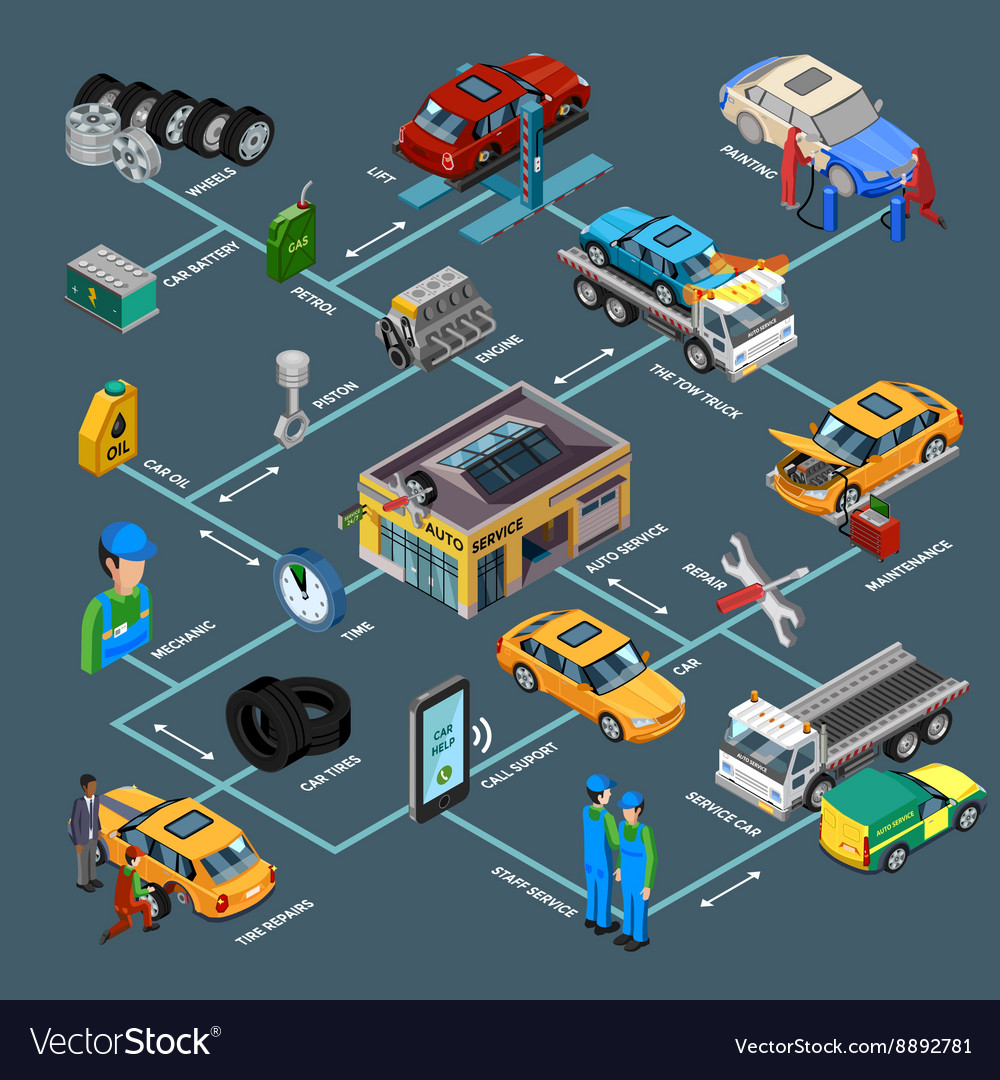Recognizing Your Cars And Truck'S Caution Lights: What Do They Actually Mean?
Recognizing Your Cars And Truck'S Caution Lights: What Do They Actually Mean?
Blog Article
Article Author-Samuelsen Alvarado
When you're behind the wheel, those glowing caution lights on your control panel can be a little bit difficult. Do you recognize what they're attempting to tell you about your auto's wellness? Comprehending the value of these lights is crucial for your safety and the longevity of your vehicle. So, the following time one of those lights appears, wouldn't you intend to decipher its message properly and take the required steps to resolve it?
Common Warning Lighting and Interpretations
Recognize typical caution lights in your cars and truck and comprehend their meanings to make sure secure driving.
The most normal warning lights include the check engine light, which indicates problems with the engine or discharges system. If this light begins, it's important to have your automobile checked immediately.
The oil stress cautioning light suggests reduced oil pressure, requiring instant attention to prevent engine damages.
A flashing battery light may suggest a faulty charging system, possibly leaving you stranded otherwise addressed.
The tire stress tracking system (TPMS) light notifies you to low tire pressure, affecting car stability and gas effectiveness. Ignoring this could bring about harmful driving conditions.
The abdominal muscle light shows an issue with the anti-lock braking system, endangering your capacity to quit quickly in emergencies.
Lastly, the coolant temperature advising light warns of engine getting too hot, which can lead to extreme damages if not solved promptly.
Comprehending these typical warning lights will certainly assist you address concerns quickly and maintain risk-free driving conditions.
Significance of Prompt Interest
Understanding the usual warning lights in your auto is only the primary step; the relevance of immediately dealing with these cautions can't be stressed sufficient to ensure your safety and security on the road.
When a caution light brightens on your control panel, it's your car's means of connecting a prospective problem that requires interest. Disregarding these cautions can result in more severe problems later on, compromising your safety and possibly costing you much more out of commission.
Motivate attention to alerting lights can avoid break downs and accidents. For instance, a flashing check engine light might indicate a misfire that, if left unattended, might create damages to the catalytic converter. Addressing simply click the up coming website page can save you from a pricey repair work.
In a similar way, a brake system warning light may signal reduced brake liquid or worn brake pads, essential parts for your security when driving.
DIY Troubleshooting Tips
If you discover a caution light on your dashboard, there are a couple of do it yourself fixing suggestions you can try prior to looking for expert assistance.
The first step is to consult your automobile's manual to understand what the details warning light indicates. Often the issue can be as simple as a loosened gas cap causing the check engine light. Tightening car valet service near me might resolve the issue.
Another usual concern is a reduced battery, which can cause different warning lights. Checking the battery links for corrosion and ensuring they're secure could take care of the trouble.
If a warning light persists, you can try resetting it by disconnecting the car's battery for a few minutes and after that reconnecting it. Additionally, inspecting your car's liquid degrees, such as oil, coolant, and brake fluid, can help repair alerting lights related to these systems.
Verdict
Finally, understanding your car's caution lights is vital for keeping your vehicle running smoothly and securely. By without Learn More Here dealing with these notifies and knowing what they indicate, you can stay clear of costly repair work and prospective failures.
Bear in mind to consult your automobile's handbook for certain information on each advising light and act as necessary to make sure a trouble-free driving experience.
Keep educated, stay risk-free when driving!
